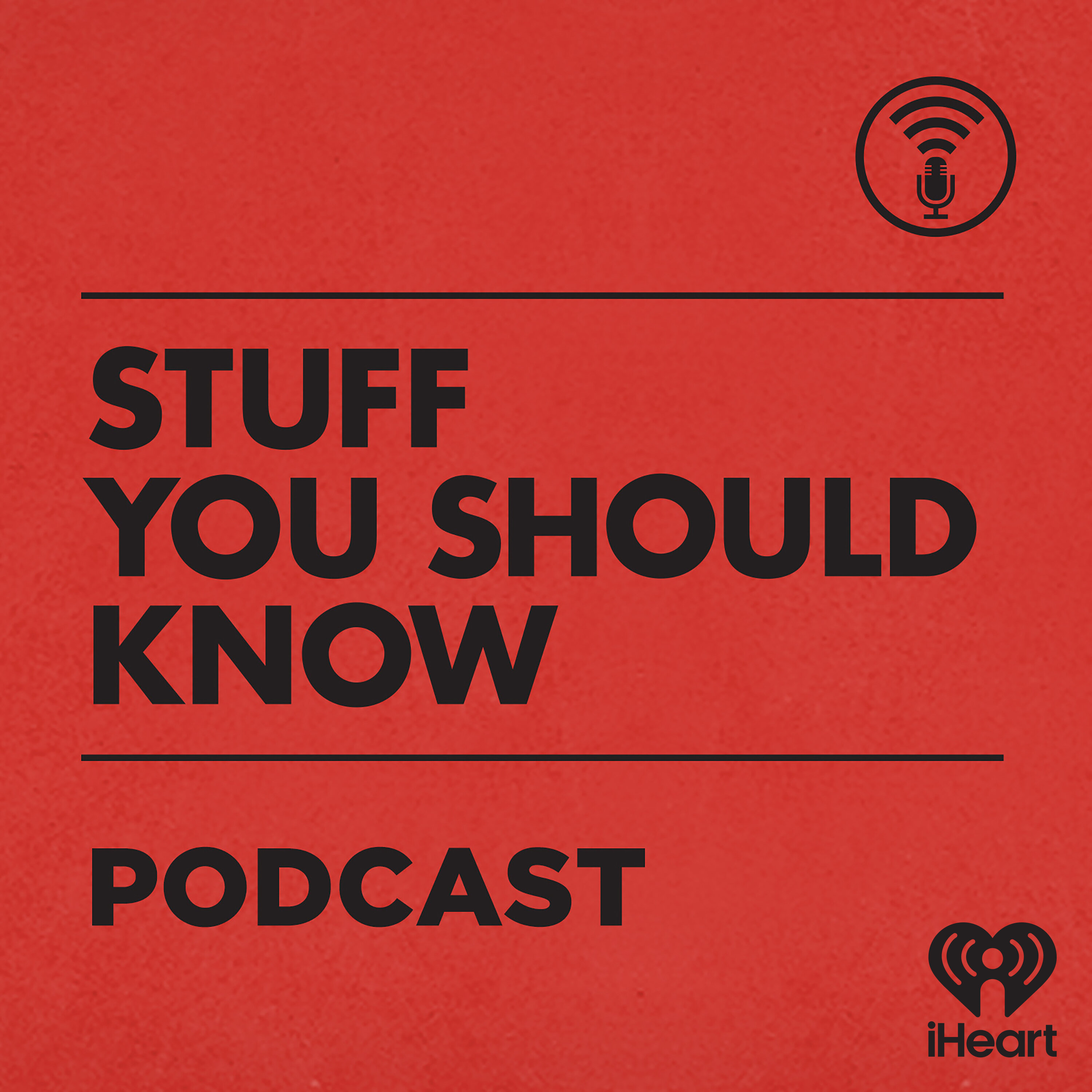Chapter

Insectivorous Bats and Hibernating Myotis Bats
Insectivorous bats use their sensitive echolocation to catch prey on the wing or from vegetation, while hibernating Myotis bats are susceptible to water loss and internal damage during hibernation. New studies show that white-nose syndrome causes chemical imbalances and internal damage before visible signs of the disease appear.
Clips
The echolocation skills of bats are so sensitive that they can hunt insects in vegetation in the darkness, while hibernation interrupted bats are likely to die of water loss rather than hunger.
54:44 - 57:21 (02:37)
Summary
The echolocation skills of bats are so sensitive that they can hunt insects in vegetation in the darkness, while hibernation interrupted bats are likely to die of water loss rather than hunger. Recent studies reveal that the clinical signs of bat diseases progress in stages, causing internal damage before visible symptoms of infection occur.
ChapterInsectivorous Bats and Hibernating Myotis Bats
EpisodeSelects: How Droughts Work
PodcastStuff You Should Know
Join David Eagleman in exploring the relationship between our brains and experiences by asking unusual questions, such as whether we can create new senses for humans.
57:21 - 59:24 (02:02)
Summary
Join David Eagleman in exploring the relationship between our brains and experiences by asking unusual questions, such as whether we can create new senses for humans.